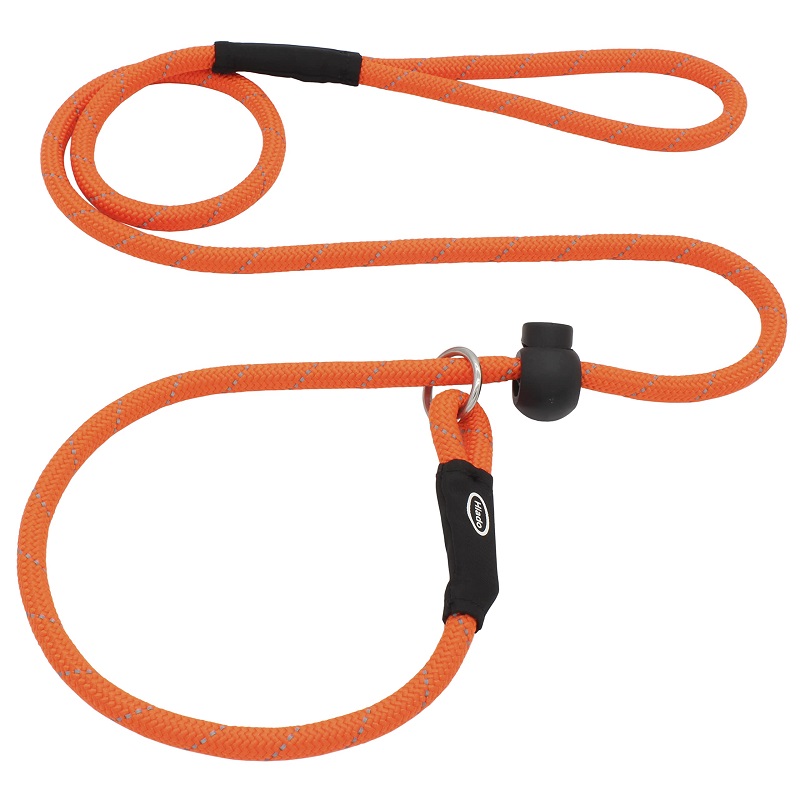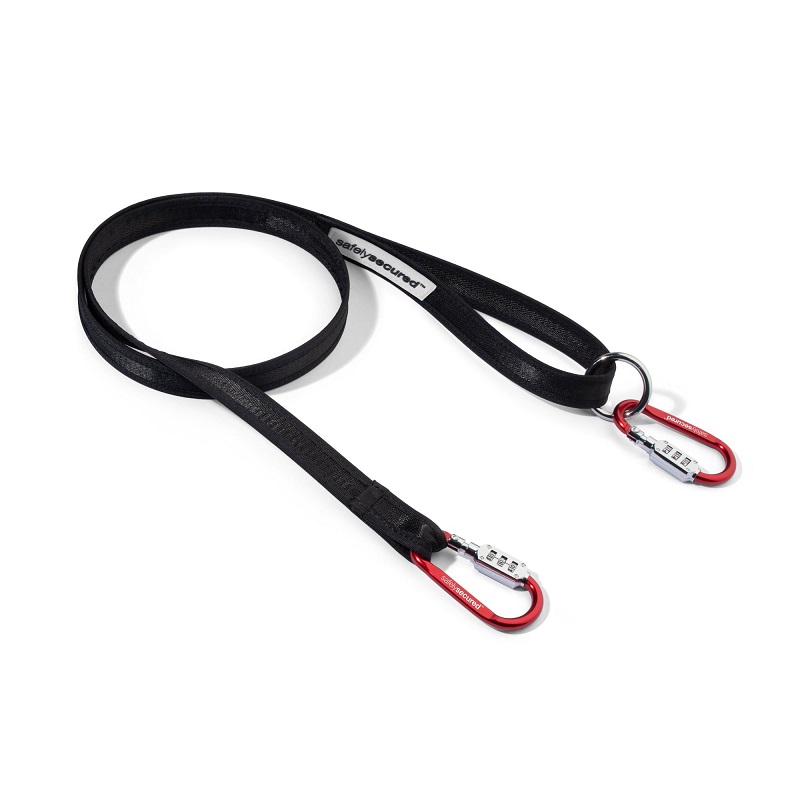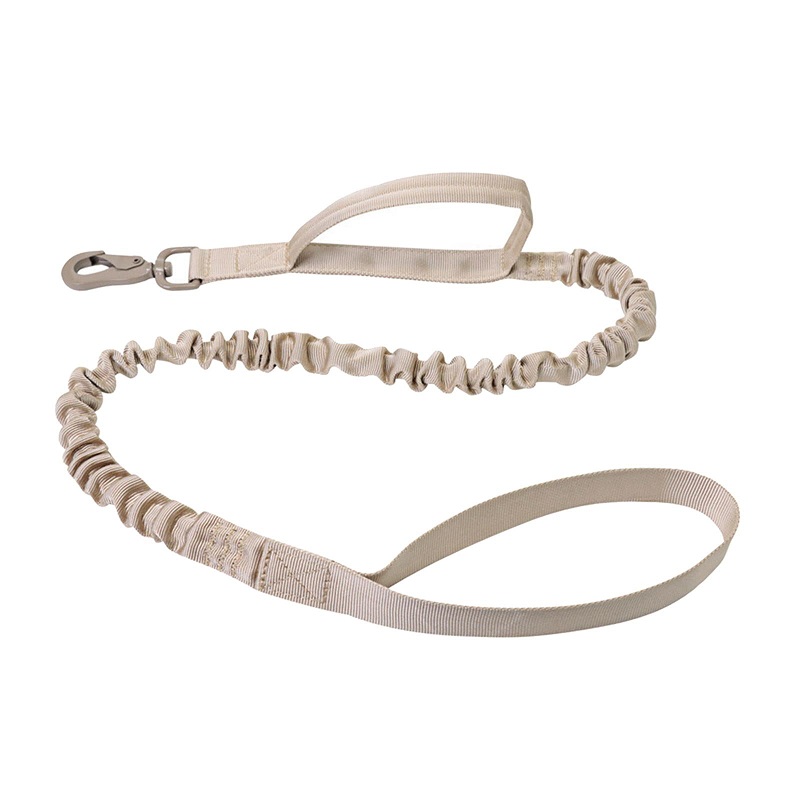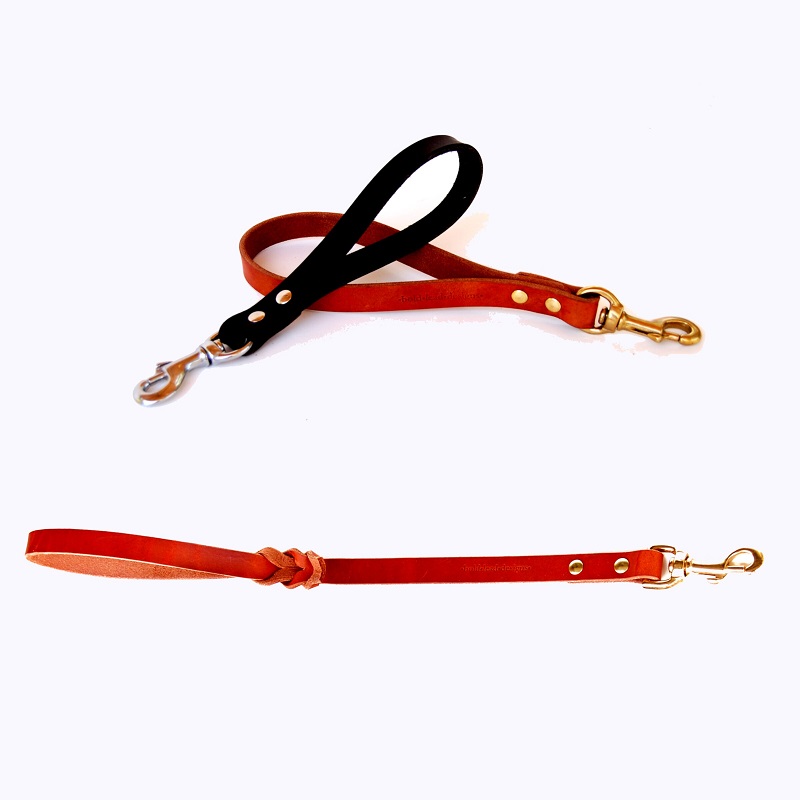Selecting the right lead and leash for your pet is a crucial decision that affects their safety, comfort, and your overall experience while walking them. With a myriad of options available in today’s market, it’s essential to understand the different types of leads and leashes, their specific uses, and how to choose the best one for your furry friend. This guide will explore everything you need to know about leads and leashes, helping you make an informed choice for your pet’s well-being.
Understanding Leads and Leashes
The Importance of Leads and Leashes
Leads and leashes serve a fundamental role in pet ownership. They provide a means of controlling your pet during walks, outings, and training sessions, ensuring their safety and the safety of others. A well-chosen leash allows you to manage your pet’s movements, preventing them from running into traffic, interacting with aggressive animals, or getting lost. Additionally, using a leash reinforces good behavior and training, as it can help your pet learn commands and maintain focus in distracting environments.
Types of Leads and Leashes
There are several types of leads and leashes available, each designed for specific purposes and pet types. The most common include standard leashes, retractable leashes, and specialty leashes. Standard leashes are typically made from nylon or leather and are designed for everyday use, providing a reliable length for walks. Retractable leashes offer the ability to extend and retract, allowing pets to explore more while still being under control. Specialty leashes, such as those for training or for specific activities like jogging or hiking, are tailored to meet unique needs.

Evaluating Your Pet’s Needs
Size and Breed Considerations
When choosing a leash, it’s crucial to consider your pet’s size and breed. Larger breeds, such as Great Danes or Rottweilers, require sturdy, durable leashes that can withstand significant pulling. Conversely, smaller breeds like Chihuahuas or Pomeranians may need lighter, less bulky options. It’s also important to consider the temperament of your pet; an energetic or reactive dog may require a leash that provides more control, whereas a calm dog may be fine with a standard lead.
Age and Activity Level
Your pet’s age and activity level play a significant role in determining the best leash for them. Puppies may benefit from shorter, more controlled leashes that help with training and establishing boundaries. As they grow and develop better leash manners, you can transition to longer options. For older dogs or those with mobility issues, consider padded or adjustable leashes that can reduce strain on their necks and ensure a comfortable experience during walks.
Different Types of Leashes
Standard Leashes
Standard leashes are the most widely used type and are suitable for most pets. They typically come in lengths ranging from 4 to 6 feet and can be made from materials such as nylon, leather, or rope. Nylon leashes are lightweight and durable, making them a popular choice for everyday use. Leather leashes offer a more classic look and are often more comfortable to hold but can be heavier and require more maintenance. These leashes provide a good balance between control and comfort, allowing for a secure grip while walking your pet.
Retractable Leashes
Retractable leashes have gained popularity in recent years due to their flexibility. These leashes come with a spring-loaded mechanism that allows for varying lengths, typically extending up to 26 feet. This feature enables pets to explore their surroundings more freely while still being within reach. However, retractable leashes have their drawbacks, as they can be challenging to control in crowded areas or when other dogs are present. Additionally, they may promote undesirable behaviors like pulling, making it essential to use them with caution and proper training.
Specialty Leashes
Specialty leashes cater to specific activities and training needs. For example, if you enjoy jogging or hiking with your dog, consider a hands-free leash that attaches to your waist, allowing for more freedom of movement. Training leashes, often longer and thicker, are designed to help with obedience training and recall exercises. Some leashes are designed with features like traffic handles, reflective stitching for nighttime walks, or padded handles for added comfort. Choosing a specialty leash can enhance your experience based on your lifestyle and training goals.

Material Matters: Choosing the Right Fabric
Nylon vs. Leather
The material of a leash significantly impacts its durability, comfort, and usability. Nylon leashes are lightweight, easy to clean, and resistant to weather elements, making them ideal for everyday use. They come in various colors and patterns, allowing for personalization. However, nylon can be rough on the hands, especially if your pet pulls. On the other hand, leather leashes provide a classic look and feel, offering more comfort during extended use. They tend to be more durable over time but require regular maintenance to prevent drying or cracking.
Rope Leashes
Rope leashes are another option that offers both durability and comfort. Made from strong, braided material, they provide excellent control and are less likely to fray compared to other materials. Rope leashes often feature padded handles for added comfort and can be used for various activities, including hiking or training. However, they may not be suitable for very small pets due to their thickness and weight. When considering a rope leash, look for options with reflective materials for nighttime visibility.
Safety Features to Consider
Reflective and Glow-in-the-Dark Options
Safety should always be a top priority when choosing a leash. Reflective leashes increase visibility during nighttime walks, helping to keep you and your pet safe from potential accidents. Glow-in-the-dark leashes are another excellent option for those who often walk their pets after sunset. These features ensure that both you and your pet are easily seen by others, reducing the risk of accidents and enhancing overall safety.
Padded Handles
A padded handle can make a significant difference in comfort during long walks. If your dog is prone to pulling, a padded handle can alleviate strain on your hands and wrists, making it easier to maintain control without discomfort. Many leashes now come with ergonomic designs that distribute pressure evenly, allowing for a more enjoyable walking experience.
Training Considerations
Teaching Good Leash Manners
Training your pet to walk calmly on a leash is essential for both safety and enjoyment. Begin with a standard leash to establish control and teach commands such as “heel” and “leave it.” Consistency is key; practice regularly and reward good behavior with treats or praise. If your pet pulls excessively, consider using a no-pull harness or collar in conjunction with your leash, as these tools can help discourage pulling while you work on training.
The Role of Positive Reinforcement
Positive reinforcement plays a vital role in leash training. Whenever your pet exhibits desirable behavior while on the leash, such as walking beside you without pulling, be sure to reward them immediately. This approach strengthens the association between good behavior and positive outcomes, making it more likely that your pet will repeat those behaviors in the future. Training should be a fun and rewarding experience for both you and your pet, fostering a strong bond and improving overall behavior.

Exploring Different Types of Leads
Long Lines
Long lines are an excellent training tool for teaching recall and improving off-leash control. These leashes can range from 15 to 30 feet in length, allowing your pet the freedom to explore while still being attached to you. Long lines are particularly useful in open areas where off-leash exercise is permitted, enabling your pet to engage in natural behaviors while still maintaining a degree of control. However, they can become unwieldy in crowded or enclosed spaces, so it’s essential to use them wisely.
Multi-Functional Leashes
Multi-functional leashes are designed to adapt to various situations. These versatile options can be adjusted to different lengths or converted into hands-free leashes, making them suitable for different activities. For example, some multi-functional leashes can be worn around the waist for running or hiking, while others can be clipped together to create a longer leash for training. Investing in a multi-functional leash can offer flexibility and convenience for active pet owners.
Understanding Local Laws and Regulations
Leash Laws in Your Area
Before heading out for a walk, familiarize yourself with local leash laws and regulations. Many cities and towns have specific leash laws that require pets to be leashed at all times in public spaces. Understanding these laws is essential for ensuring your pet’s safety and avoiding potential fines. Additionally, some parks and recreational areas may have designated off-leash zones, allowing for more freedom while still requiring responsible pet ownership.
Conclusion: Prioritizing Safety and Comfort
Choosing the right lead and leash for your pet is essential for their safety and comfort. With numerous options available, it’s crucial to evaluate your pet’s specific needs, including size, breed, age, and activity level. By understanding the different types of leads and leashes, their materials, and safety features, you can make an informed decision that enhances your walking experience.










